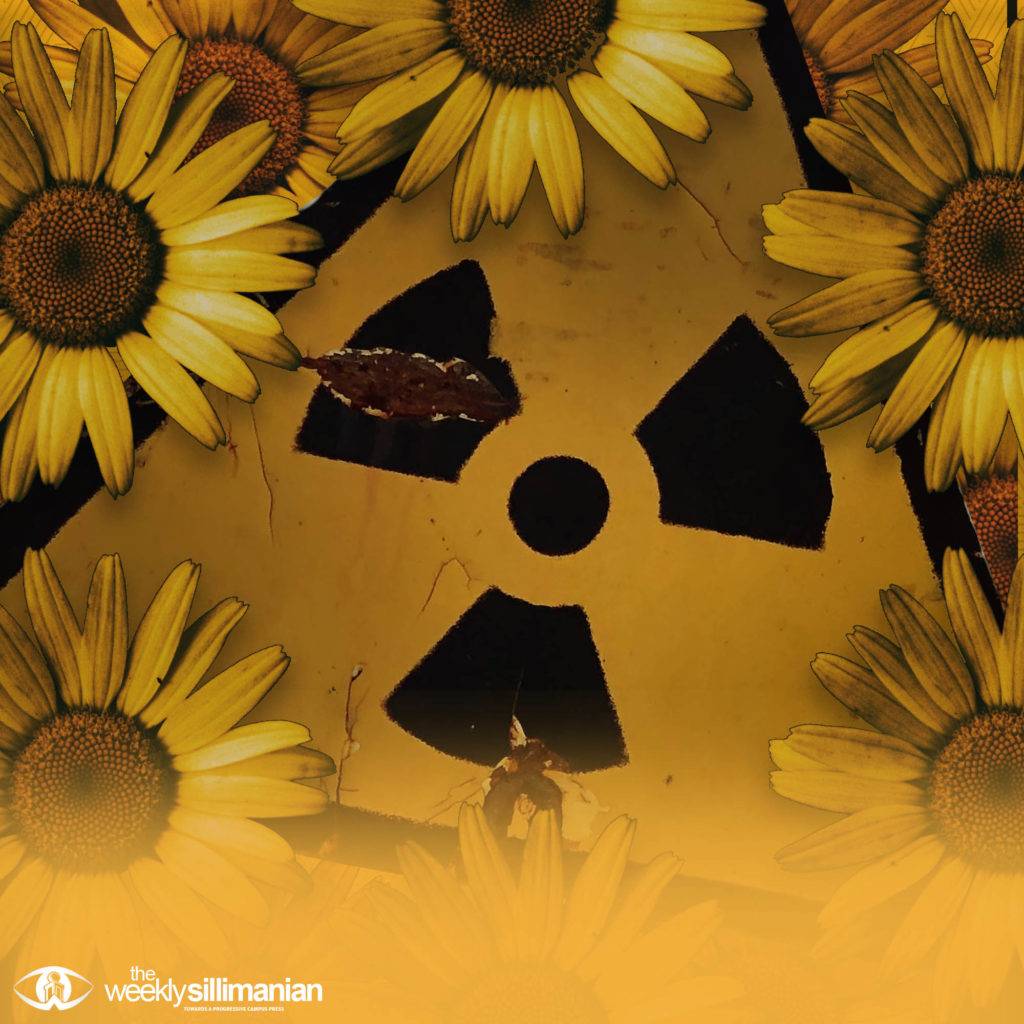by Jean Salgados | April 1, 2022

A flower that is composed of a thousand tiny flowers bears many seeds and tracks the sun. Sunflowers are a testament to the sun and are a symbol of innocent joy. Native to the North American continent, it has over 70 different species with some able to grow over 30 feet tall. It’s no short of a surprise why this plant is called a ‘wonder plant.’ The reason behind this coveted title isn’t because of its appearance, its involvement in the agricultural business, or the fact that you can eat an entire sunflower plant. The reason why is something far more sinister.
Brighter than the Sun
The year 1986 was another eventful year in history. It saw a dictator get overthrown by a democratic movement in our country, and was even designated as the international year of peace by the United Nations. But our history with the sunflower starts on a day not terrible, but not great. On April 26th, Reactor No. 4 of the Chernobyl nuclear power plant suffered catastrophic failure following an experiment on low power. The explosion and subsequent fire destroyed the building and released heavy amounts of radiation into the atmosphere. An evacuation spanning 18 miles, or 29 kilometers around the power plant was underway, but the damage had been done. To this day, the effects of the radioactive fallout are still felt by many, not just in Europe but anywhere the radiation was carried by the wind.
Spotless Glimmer
Helianthus annuus or the sunflower is part of a group of plants capable of phytoremediation. This process allows plants to reduce concentrations of toxic chemicals and heavy metals from the environment. This includes particles in the air, traces in the water, and clumps in the soil. An experiment with sunflowers was carried out after the disaster, which involved planting thousands of sunflowers in the surrounding area. The goal was to gauge the effectiveness of removing heavy metals like strontium and cesium from the soil.
Tragedy in the Orient
Fast forward to recent years, a similar event occurred, this time in Japan. On March 11, 2011, a disaster known as the Tohoku earthquake and tsunami caused a power failure in the Fukushima nuclear power plant. An explosion in the Fukushima Daiichi (No. 1) Plant caused radiation to spill out into the air and worse, the ocean. Soon after there were plans to conduct cleanup at the site, with the usage of sunflowers in the discussion. This plan was given the go-signal and operations went underway. There was a problem in the plan that wasn’t given due consideration—genotype-specific traits. This would cause the plan to result in a bust, failing to replicate the success in Chernobyl some 25 years ago.
Conclusion on Diversity
As far as the 70+ species of sunflowers go, there are changes that need to be made in their genotype to allow for better phytoremediation. Just as plants were selectively bred to become tastier and healthier, Sunflowers in this area need to be bred for effective phytoremediation. Is this the future of radiation cleaning? It has limited potential since natural phytoremediation can only do so much. But for now, a field of green sunlight is one of many warriors in our fight against man-made nuclear radiation.




